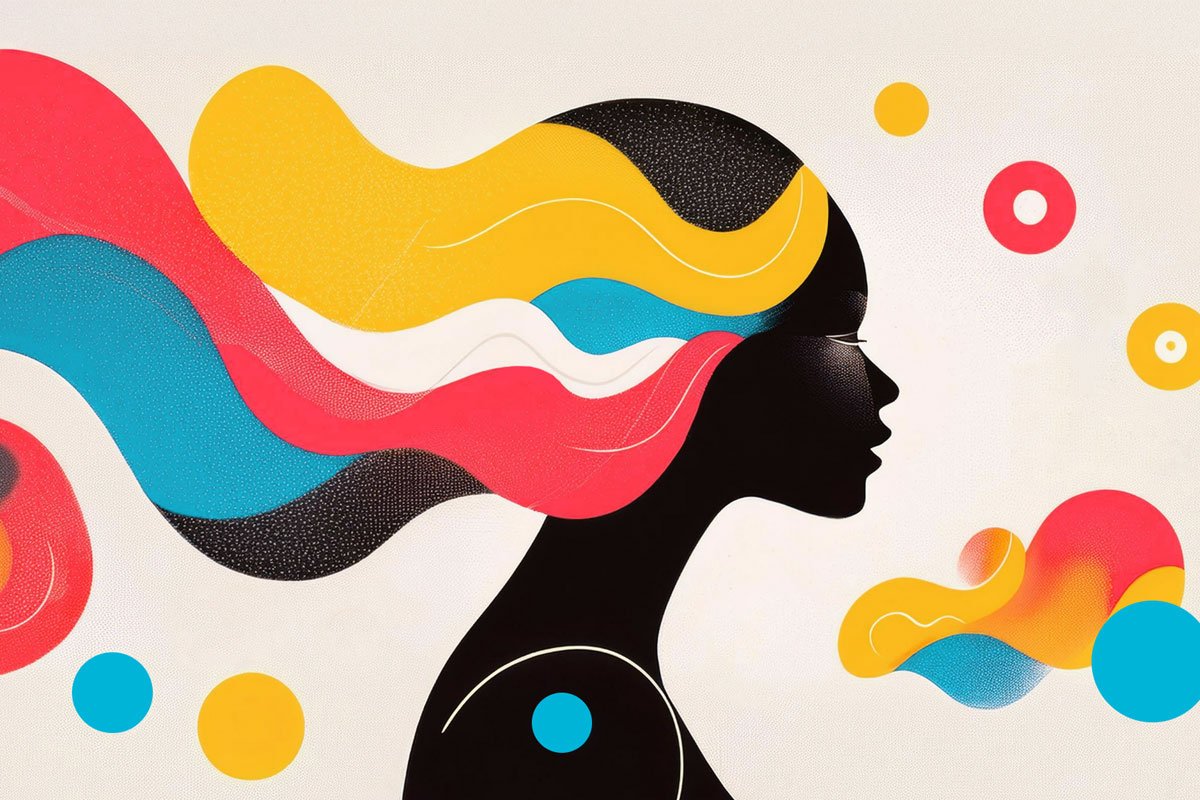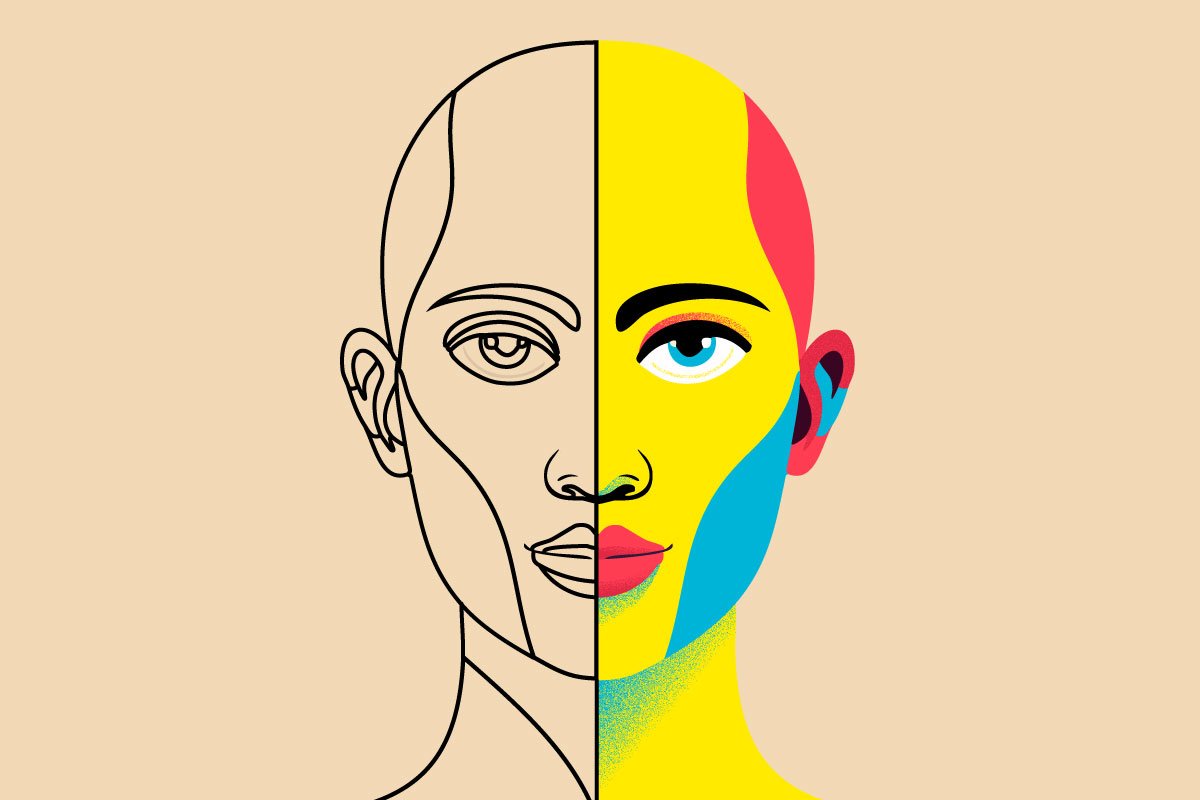In the realm of design, storytelling is not merely an afterthought—it’s a core strategy for building a brand that resonates. As consumers become more attuned to authenticity, brands must transcend the superficial and create narratives that engage their audience on an emotional level. The importance of storytelling in branding cannot be overstated; it’s what turns a product into an experience, a logo into an emblem, and a company into a culture.
At Roundrubik, we view storytelling as the glue that holds a brand’s visual and emotional identity together. It’s what gives life to design and allows brands to connect with their audience in meaningful ways. Here’s why storytelling is essential in shaping the future of brand design.
Storytelling as Emotional Design
Good design is more than aesthetics—it’s about creating emotional responses. Storytelling amplifies this by giving visuals a deeper context. Consider brands like Apple, whose minimalist design is coupled with a narrative of innovation, creativity, and simplicity. The power of this combination lies in its ability to evoke emotions and create a sense of belonging within their audience.
Design-driven storytelling integrates visual cues—colors, typography, imagery—into the narrative arc of a brand. The story you tell shapes the way your audience perceives and interacts with your brand, making it memorable and relatable. Every font choice, every shade of color contributes to that story, guiding the audience through a visual journey that aligns with the brand’s ethos.
Bridging the Gap Between Visuals and Values
A brand’s story isn’t just about what it sells but what it stands for. Storytelling allows designers to articulate a brand’s values through visual metaphors. Whether it’s sustainability, inclusivity, or innovation, these core values should be reflected in every design decision. For instance, a sustainable brand might use earthy tones and eco-friendly materials to reinforce its commitment to the environment. The narrative isn’t spoken but seen and felt, creating a cohesive brand experience that speaks to the audience’s values.
Building Brand Loyalty Through Authentic Narratives
In a marketplace flooded with options, brands must go beyond the functional and connect on an emotional level to build loyalty. Authentic storytelling allows brands to form deeper connections with their audience by sharing their journey, values, and purpose. It’s about humanizing the brand. Today’s consumers are more likely to support brands they feel aligned with emotionally, and visual storytelling plays a critical role in fostering that bond.
Think about brands like Nike, which intertwine personal stories of triumph and struggle with their broader brand message of empowerment and athleticism. These narratives aren’t just marketing—they’re part of the design DNA. Storytelling in branding isn’t about telling people what your brand does—it’s about making them feel something, creating a sense of purpose that transcends the product.
Translating Stories into Visual Systems
Once you’ve developed a strong narrative, the next step is translating that story into a consistent visual system. Visual storytelling encompasses everything from packaging design to social media presence. Consistency is key. Every element of the brand’s visual language—logo, typography, color palette—should reflect and support the overarching story. At Roundrubik, we design these systems to ensure that the story is both versatile and enduring, whether it’s experienced in print, on a screen, or in a physical space.
The power of storytelling in branding lies in its ability to evoke emotion, reflect values, and build loyalty. When combined with design, storytelling becomes a powerful tool for crafting memorable brand experiences that resonate with audiences on a deeper level. At Roundrubik, we believe that great brands are built on great stories, and design is the language we use to tell them.


